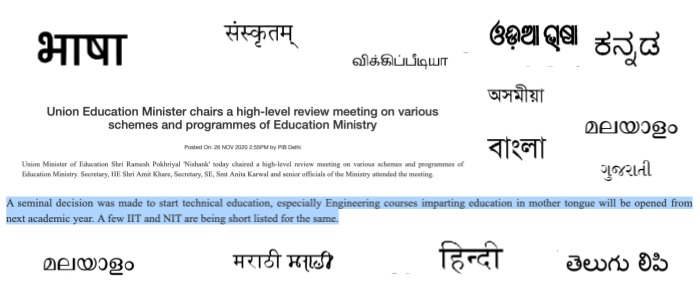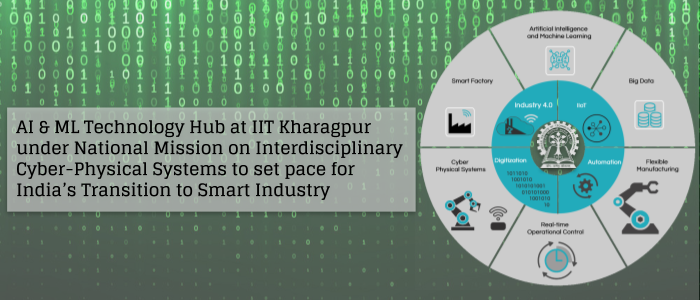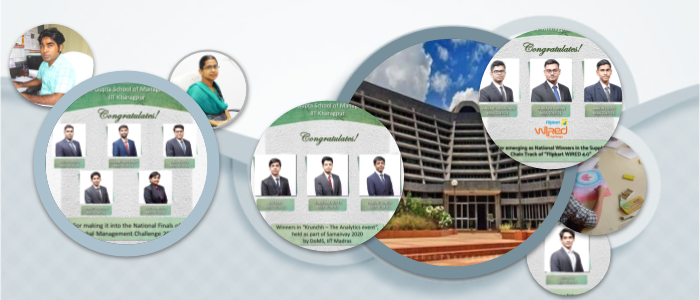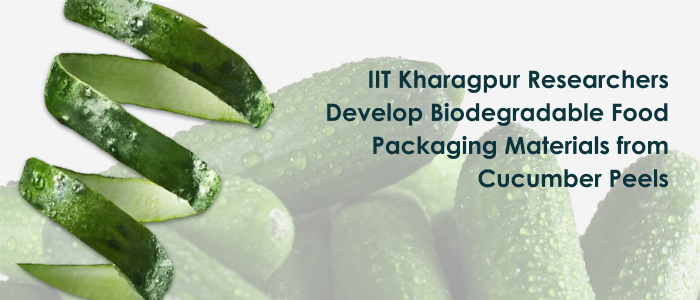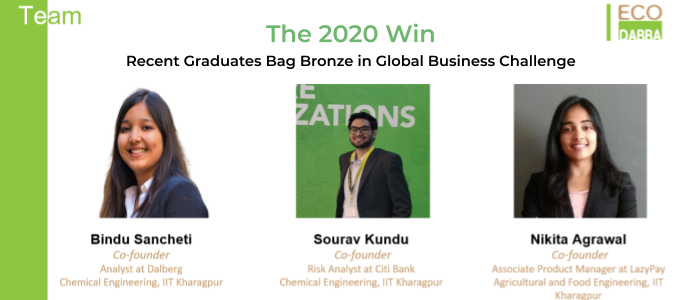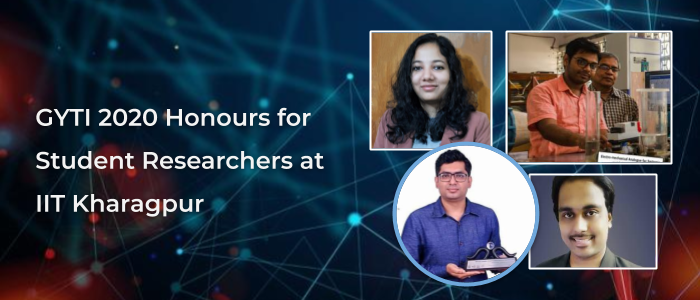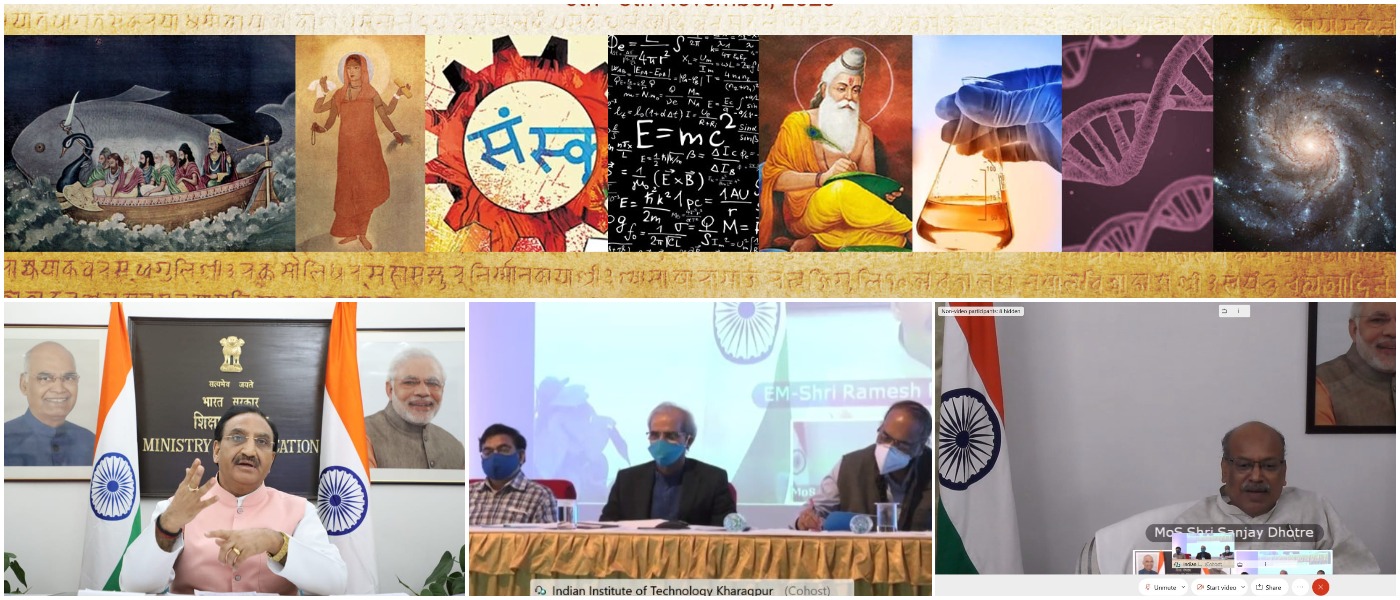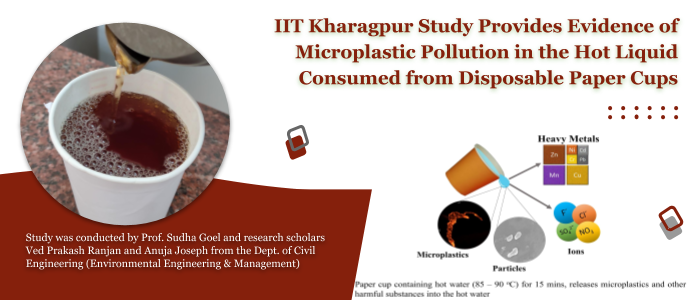
Low-cost Solution for Advanced Manufacturing
IIT Kharagpur researchers develop a low-cost AI-based Industry 4.0 solution for real-time metrological inspection In an initiative undertaken by the Centre of Excellence in Advanced Manufacturing Technology at IIT Kharagpur, researchers are on a mission to make AI & ML applications affordable for India’s industrial sector including MSMEs. They have developed an innovative system consisting of a low-cost imaging device and an AI-enabled software for real-time metrological inspection. The developed system can be utilized in the production line to check the quality of the jobs and get instant results. Explaining the benefit that MSMEs will draw from such an innovation,…

